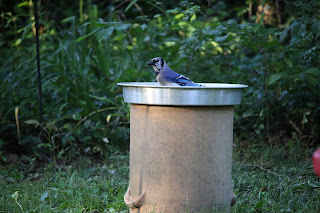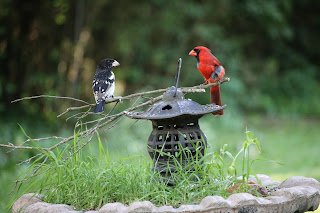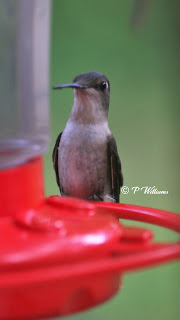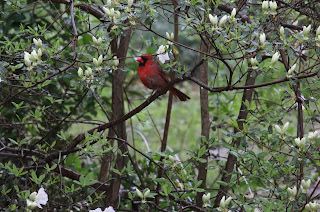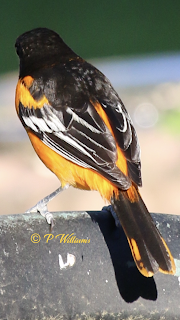WHAT WE COULD BE MISSING
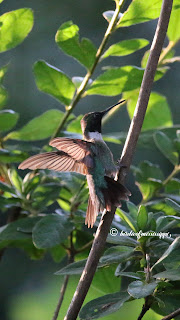
WHAT WE COULD BE MISSING BY: PEGGY WILLIAMS AKA Birdie of Mississippi You may not be a PBS fan because lots of people aren’t interested in educational programming, but I am becoming more and more of a fan of both PBS and National Geographic as I re-coop on the couch from my fractured bones. Not every program is educational, but since I enjoy math and science I gravitate toward programs about the earth and about outer space. The nature programs have helped me learn about the grand scope of our environment down to tiny details about our planet. There are programs about what we see when we look through our telescopes here on earth and also about the photos taken of our solar system from Voyager 1 and 2. And the more I watch and learn the more that I want to become like Solomon and have wisdom! The programs show me how inter-woven every detail of nature and man are. And even the word “nature” is such an all encompassing word! Flowers and trees, birds and bees, and water


